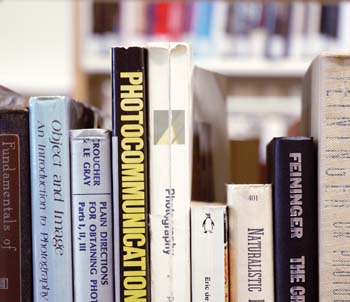Making your library inhospitable to mold is the most important part of safegurading the health of your library collection. Storing books on shelves about two thirds full allows for plenty of air circulation, keeping the air under 50% Relative Humidity, and under 65°F, and keeping the stacks as well-lit as possible all help keep your library an inhospitable mold habitat.
Beyond preventing wet conditions in your library, mold growth can be reduced:
 1. Regularly examine your collection – make this part of routine book check-in and check-out. Note that a moldy book checked out from your library could expose a patron and/or their family to mold and can also infect a collection they may have at home.
1. Regularly examine your collection – make this part of routine book check-in and check-out. Note that a moldy book checked out from your library could expose a patron and/or their family to mold and can also infect a collection they may have at home.
2. Go through your collection and examine each book for mold – at least once every other year if possible.
3. Increase air circulation in sections of the library prone to stuffiness. Still air allows mold spores to settle, whereas moving air prevents spores from landing on surfaces where they can grow.
4. Address damp books immediately; ensure they are completely dry before shelving back in your collection.
5. Discard books with mold. This last step may seem painful; however in light of the potential damage of a mold outbreak, it is better to exercise caution.
Books Gone Bad - Mold in Library Collections was a project sponsored by Maine College of Art, in partnership with the Joanne Waxman Library. Funding for this project came from the Stephen and Tabitha King Foundation. The Project Lead and Artist for this project was Diane J. Wren. All contents Copyright © 2011 by Diane J. Wren. All rights reserved. No part of this web site may be reproduced or distributed in any form or by any means, electronic, mechanical, photocopying, recording, or otherwise, or stored in a data base or retrieval system, without the prior written permission of Diane J. Wren.